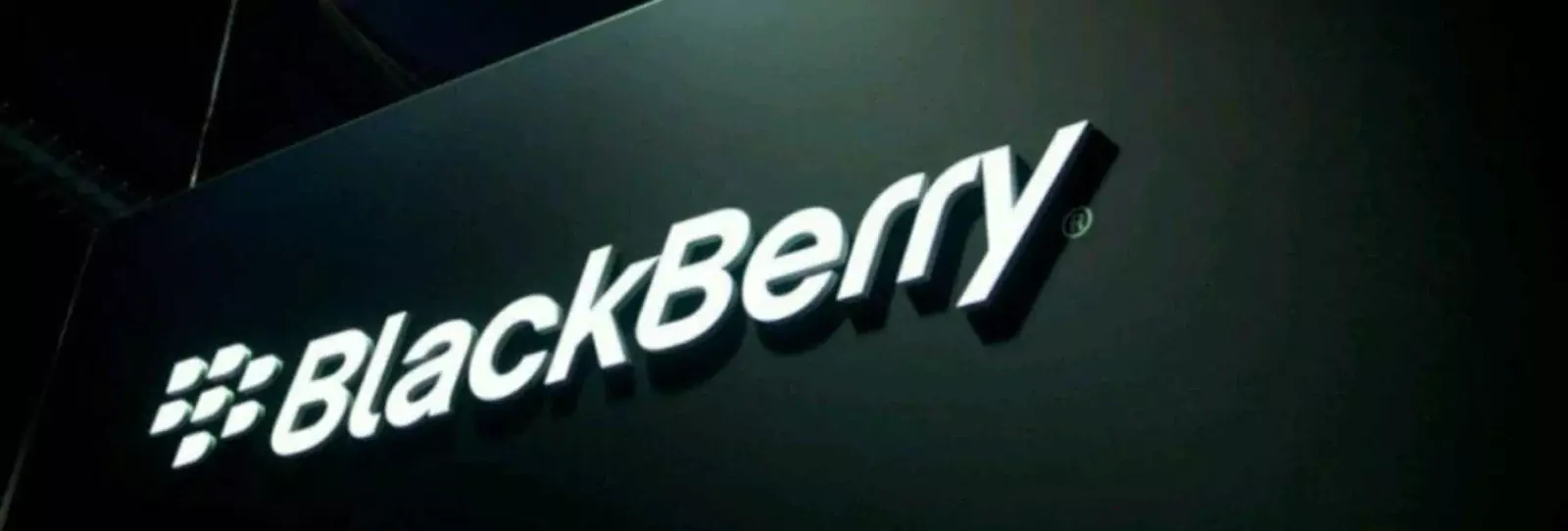Since news of BlackBerry’s lawsuit against Typo hit the wires at on Friday, the stock has gone on a tear, surging from $7.52 to close at $8.01 on Monday.
The gist of the complaint is this: BlackBerry alleges that Typo’s attachable physical keyboard, which is compatible with recent editions of the iPhone, constitutes blatant patent infringement.
Business in Canada was lucky enough to speak to Q. Todd Dickinson, former Director of the U.S. Patent and Trademark Office and current Executive Director of the American Intellectual Property Law Association, to dig into the finer points of BlackBerry’s complaint.
Mr. Dickinson was asked to give a layman’s account of what the burden of proof is in a patent infringement case.
â€ÂBlackBerry’s going to have to prove that the device the defendant has put on the market infringes on one of its patents,†he said.
And, for the purposes of this lawsuit, it is appears as though no. 8,162,552 is the most relevant of the patents in BlackBerry’s portfolio. Mr. Dickinson highlighted Claims 1 and 9 of this patent as “broad claims†that may play a role in determining whether BlackBerry’s patent has been infringed upon.
Here are some excerpts from those sections,
Claim 1: …each of the depressible keys has a top engagement surface of which an upper inboard portion is raised relative to a lower outboard portion thereof, wherein the top engagement surface of at least some of the depressible keys has a generally inclined crest shape…
Claim 9:  …the keyboard comprises a keyfield comprising a plurality of depressible keys arranged in rows that are distributed about a vertical centerline of the keyboard and each of the depressible keys has a top engagement surface of which an upper inboard portion is raised relative a lower outboard portion thereof, wherein the top engagement surface of at least some of the depressible keys has a generally inclined crest shape with a top of the crest diagonally oriented on the key.

The image depicts BlackBerry’s “sculpted keysâ€Â, which appear to be similar (though not identical) to its more recent designs. For instance, there is no space between the keys on current models, and the precise curvature of the keys appears to have been altered, as well.
But, according to Mr. Dickinson, those details don’t matter.
â€ÂWhatever BlackBerry is currently selling doesn’t make a difference,†he said. “The whole issue will be whether what the defendant’s product is versus the wording of these claims.â€Â
In addition, BlackBerry claims that Typo’s product violates several elements of its trade dress (from page 9 of the complaint):
- a keyboard with an overall symmetrical design around the vertical center line, comprising several horizontal dividing bars above rows of sculpted keys, the last of which is rounded on the bottom edge;
- several horizontal bars in contrasting color and finish set above horizontal rows of keys;
- several top rows of roughly square shaped keys having little horizontal space between them;
- a bottom row of roughly rectangular shaped keys having curved bottoms edges and little horizontal space between them;
- keys with planar areas away from the vertical center line of the keyboard and sculpted curves closer to the center line;
- one larger rectangular key in the center of the bottom row having a u- shaped planar area; and
- keys having distinct lettering or graphical icons printed on the surface.
“Trade dress comes in two basic flavours: one would be packaging, and the other is the shape of the item itself,†Mr. Dickinson said. “This is obviously a shape-of-the-item-itself issue, and that’s a related but distinct body of law.â€Â
BlackBerry’s complaint also cites this exchange between Typo co-founder Ryan Seacrest and a CNN interviewer:
Interviewer: So it’s the best thing about a BlackBerry, within the iPhone.
Ryan Seacrest: That’s kind of how this came to fruition. (page 11)
“It will be a factor, I bet, and it probably wasn’t the smartest thing to say,†said Mr. Dickinson, when asked if Seacrest’s comments and the social media musings could have an impact on the court proceedings. However, he cautioned that the language of the patents will be a much more important factor in determining the outcome.
As Typo has indicated that it plans to begin shipping pre-orders of the keyboard at the end of the month, BlackBerry has the option of filing for a preliminary injunction in an attempt to stop these shipments from being fulfilled.
“Getting a preliminary injunction is a fairly high hurdle in the United States,†said Mr. Dickinson. “[It] is not a slam dunk. You’d have to balance BlackBerry’s claims against the harm that might accrue to Seacrest’s company as it tries to get a new product off and running.â€Â
As of publishing, BlackBerry has not filed an injunction.
The former director of the U.S. Patent and Trademark Office had high praise for BlackBerry’s legal representation, saying,
“The law firm that represents BlackBerry, Quinn, Emanuel, Urquhart, & Sullivan, is a very powerful, important firm – they’re not going to fool around here.â€Â
He also pointed out that it is in BlackBerry’s best interests to flex its muscle to protect its patents on occasion.
â€ÂBlackBerry’s patent portfolio is probably its most significant asset,†he asserted. “And to ensure that its value is optimized, it’s not a bad idea to rattle your sword now and then.â€Â
[signoff predefined=”Enjoy this?” icon=”icon-users”][/signoff]Via



